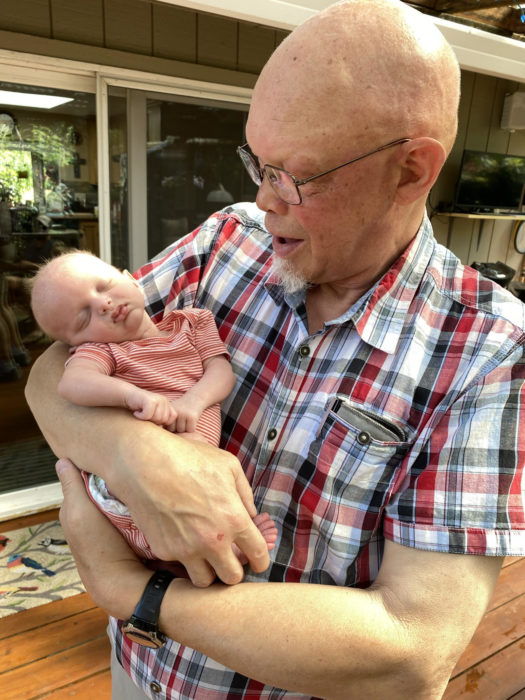
On an unseasonably hot day last July in Oregon, Richard Henkel held his new grandson, Bennett Reiser, for the first time and saw him sweating. He peered into the eyes of the tiny little guy who looked so much like him, since both are affected by x-linked hypohidrotic ectodermal dysplasia (XLHED). Yet, on this sweltering day, Bennett was sweating! Thanks to the advancements of medical research, his grandson was doing something Richard can never do.
Laura Reiser, Richard’s daughter and Bennett’s mom, watched the two and was overcome with emotion. Tears flowed. She spent her life watching her dad struggle with the heat, take precautions to avoid overheating and find ways to stay cool. It was a part of the reason why she and her husband, Milo, chose not to have children for many years. They had not wanted to pass on the condition since her children had a 50/50 chance of inheriting it.
“I saw it [inability to sweat] affect my dad a lot,” Laura said. “He doesn’t sweat at all. And growing up, that was always a huge, huge deal during the summer months. It was pretty hard. He would get so overheated.”
And yet, here was her boy, so much like her dad, but able to sweat. Bennett’s “Papa” recalls their first meeting.
“The first time that we had the opportunity to see and hold our little grandson, was like the first time I held little Laura, just hours old, with eyes so full of wonder as she observed the amazing new world and her new Daddy,” Richard said. “Your heart just soars with the miracle of this new person and the potential that the future holds. Now with Bennett, there is a bond like no other, my eyes looking into his with so much familiarity and knowledge about his potential future. I am now Laura’s number one go-to-guy for questions about raising a boy with XLHED. I have pictures in my baby book of me at Bennett’s age—I doubt my own mother [if she was still alive] could scarcely tell the difference. This is a magical thing!”
Bennett is just the sixth baby in the world to receive the XLHED treatment from Dr. Holm Schneider in Germany. He received a special protein in utero that restores the missing protein that causes XLHED. Currently, the therapy is in a clinical trial called EDELIFE to confirm the positive results found in the boys Dr. Schneider has treated so far.
Following the Research
Richard never had a name for his condition until he was 19, when his doctor found ectodermal dysplasia in a medical journal and thought the symptoms matched Richard’s. But, for Laura, she always knew she was a carrier who had the gene variant that causes XLHED. In 2004, she married her high school sweetheart, Milo, and the pair decided not to have children. They were concerned about the symptoms, as well as the self-esteem issues and bullying, should the child be affected by XLHED. About that time, Laura read in the National Foundation for Ectodermal Dysplasias (NFED) newsletters about research it was supporting in which dogs with XLHED were treated with a protein that restored sweating in their paws.
“I’ve always followed the XLHED research,” Laura said. “I had it in the back of my head from the time that we got married, that if we did ever decide to have kids, I really hope that they get this going, that they can get it far enough along. I never thought it would take as long as it did. I was thinking maybe five years from now we can look at it. But, it was literally 15 years or so.”
For families, that’s understandably a long time to wait. In the world of research, the therapy has actually developed very quickly from finding the gene variant for XLHED in 1996 to today’s clinical trial.
As Laura and Milo reached their mid-30s, they changed their minds about children. In, 2019, they welcomed a daughter, Evie, who doesn’t have XLHED. After her arrival, the Reisers decided they wanted her to have a sibling.
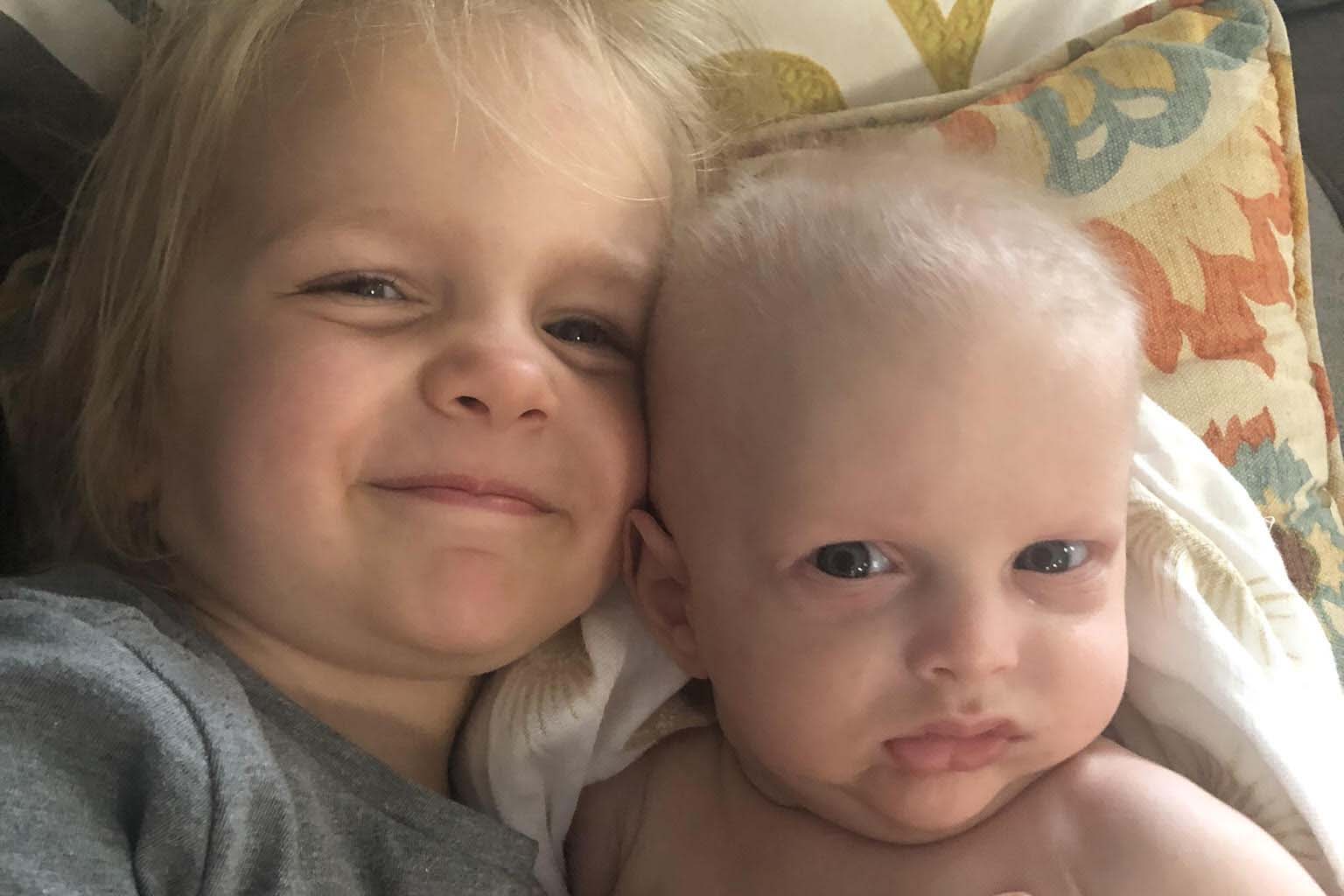
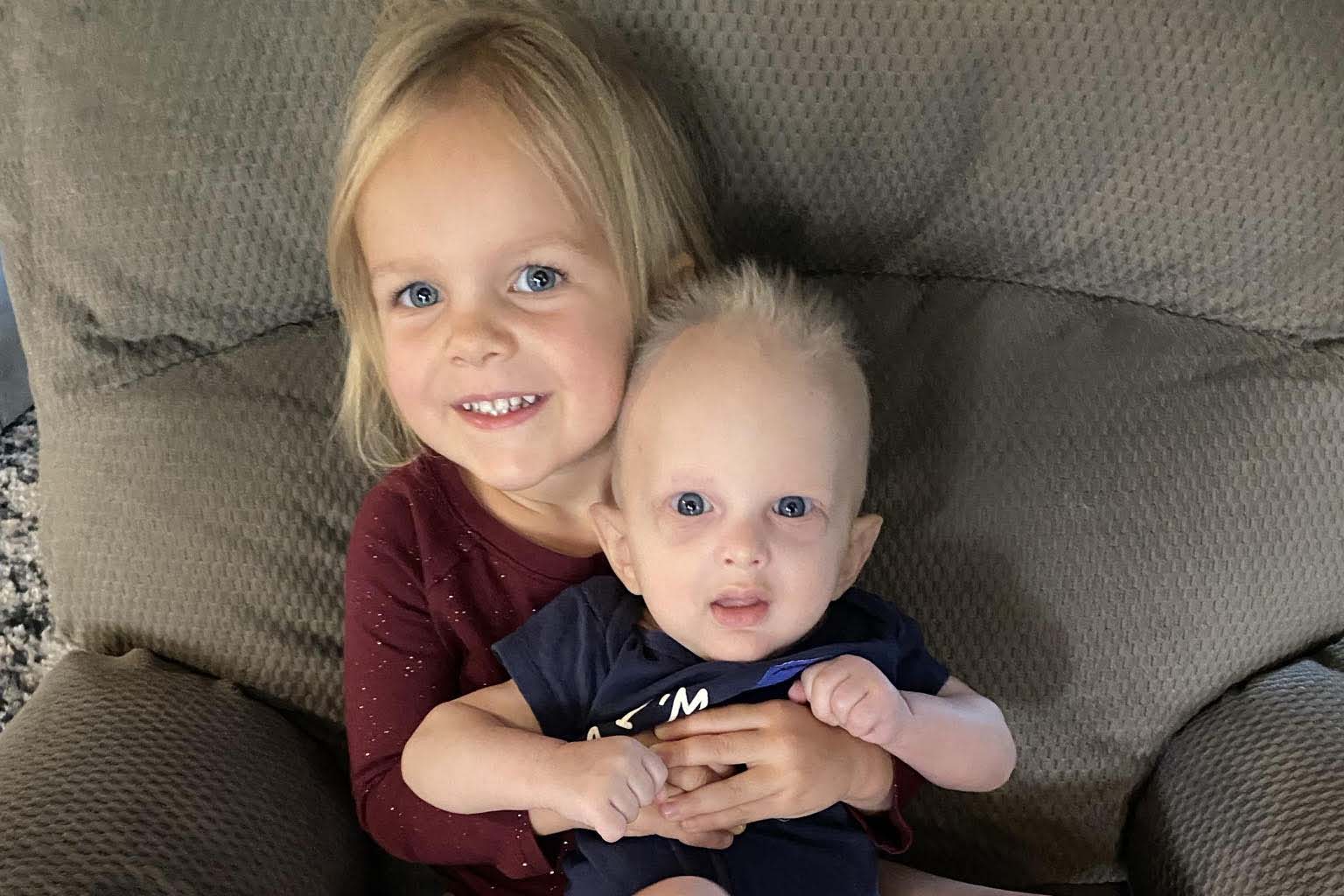
Laura had read every article from the NFED and others about the XLHED treatment’s research progress, and she knew about every company that had been involved along the way. But, she wasn’t exactly sure how close the clinical trial was to starting when they got pregnant. She and Milo decided that if they had a boy affected by XLHED, it was okay.
“We had gone to see genetic counselors and talked about IVF and going through that process, but we just decided that it wasn’t that important to us to take that [XLHED] out of the equation, because there are so many other things,” Laura said. “My husband has really bad allergies that prohibit him from doing things during allergy season. He can’t go outside because of that. So we may have taken HED out of it, but it’s not like we could have controlled anything else with it. So we decided not to do IVF. Evie was perfect and totally fine. And so we just went for it.”
Bennett’s Journey
They had gender testing for their baby at eight weeks in the pregnancy. Milo and Laura were literally standing at the top of a mountain with very little cell service when the call came that their unborn child was a boy.
Laura knew from her reading and the research that it was possible to determine if their unborn baby had XLHED by looking at and counting the tooth germs via ultrasound. Tooth germs are a group of cells which evolve into a tooth. The ultrasound techs in their area had never heard of this but read the articles she provided. The Reisers reached out to Dr. Schneider to ask how to look for tooth germs. They sent him a videotape and photos from their ultrasound. Within hours, Dr. Schneider confirmed that their son had XLHED and asked the Reisers if they wanted to be a part of the research.
“I was like, ‘yes, I’ve been wanting to be a part of this for 15 years!’ We knew that it would work and that it would change his life. Otherwise, we would not have done it.”
Things moved quickly. It was December of 2020 and traveling to Germany in a pandemic for the treatment was difficult. Dr. Schneider connected Laura with Emily Nelson. Emily is another XLHED carrier who had a son, Finley, in November. He had received the XLHED treatment by Holm while in utero. The mom-to-mom connection was exactly what Laura needed to help her make the decision to do it.
“I don’t think I would’ve committed to doing it if I didn’t have the opportunity to talk with Emily beforehand. She was able to answer so many questions. From the moment that I got her phone number, I texted her and was on the phone with her. I had to make this decision super-fast. Having just been through it, she had so much information and was able to answer so many of my questions, that it just made me more comfortable to move forward and do it.”
– Laura Reiser
Flying Solo
Within a few weeks, she was on a plane by herself to Germany. Milo stayed home to work and care for Evie. They used what they learned from Emily’s trip to get into the country. Richard had planned to go with his daughter, but due to the pandemic, she had to go solo. Sitting on the plane, Laura said it was tough.
“I honestly think I showed up in Germany crying, and I think I left crying. The first week I honestly thought, there’s no way I can be gone for this long [five weeks], away from my daughter.”
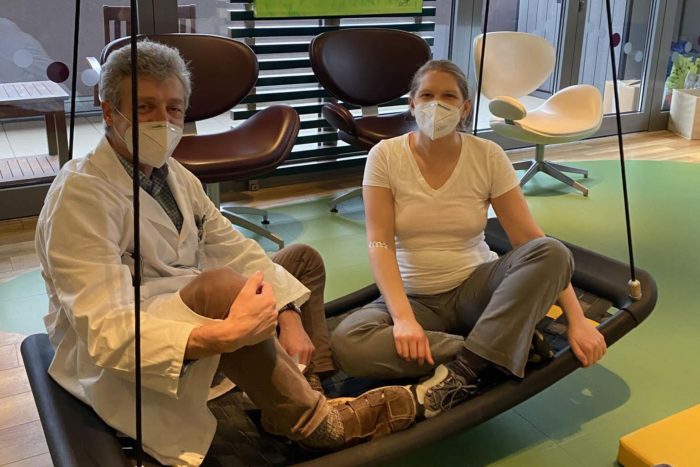
But she kept busy and stayed. Hotels were closed so Dr. Schneider and his family generously opened their home to Laura for her two visits. For the next few weeks, she had ultrasounds, blood draws, and many COVID tests. She received the treatment of the protein twice through amniocentesis, which she said didn’t take long at all. She went home to see her family for two weeks before returning to Germany for another week for the third and final treatment. Laura said Dr. Schneider and his staff were all wonderful throughout the process.
The rest of the pregnancy was healthy and uneventful until the day Laura went to the hospital to deliver the baby. She tested positive for COVID! It was a stressful time but the delivery went perfectly.
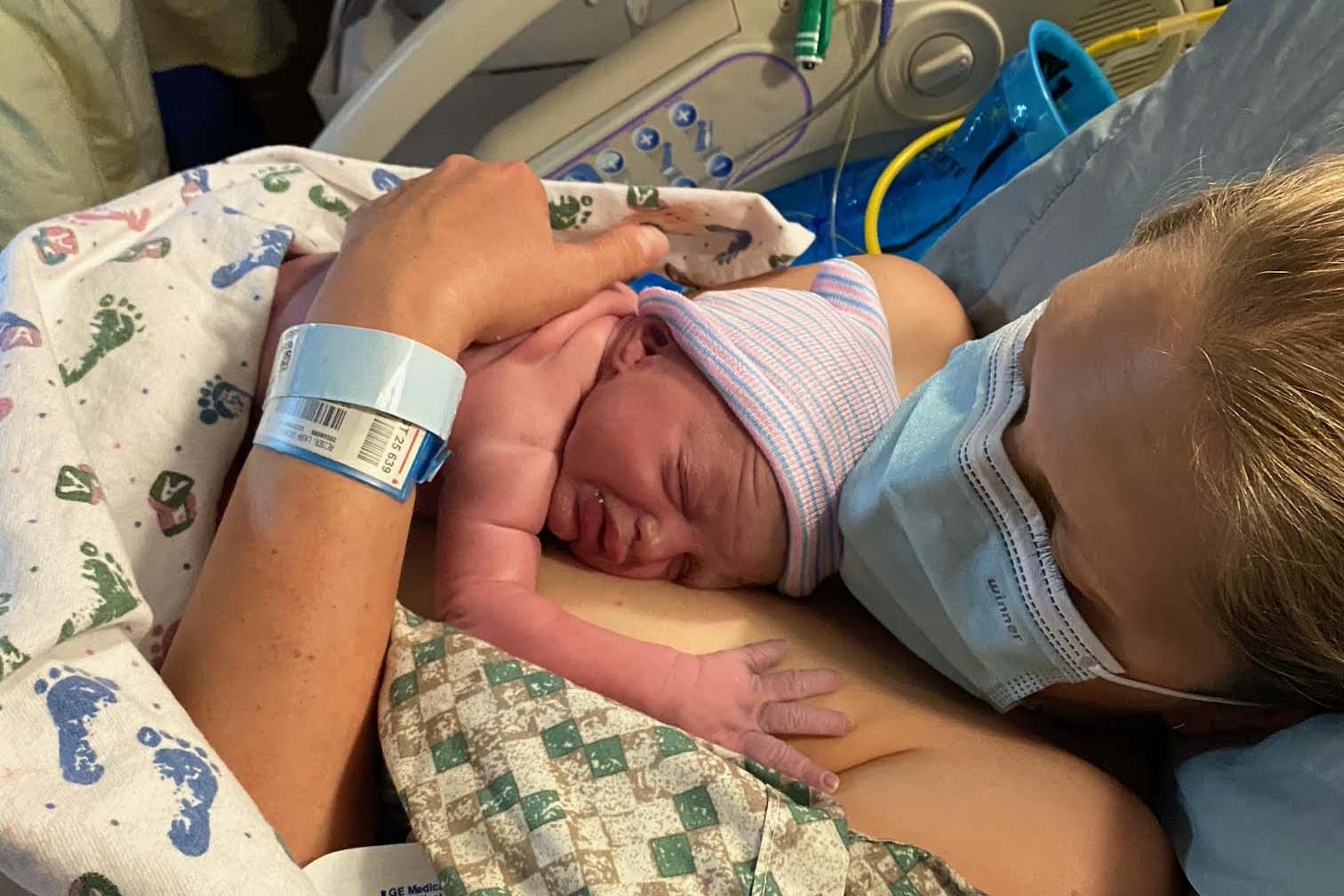
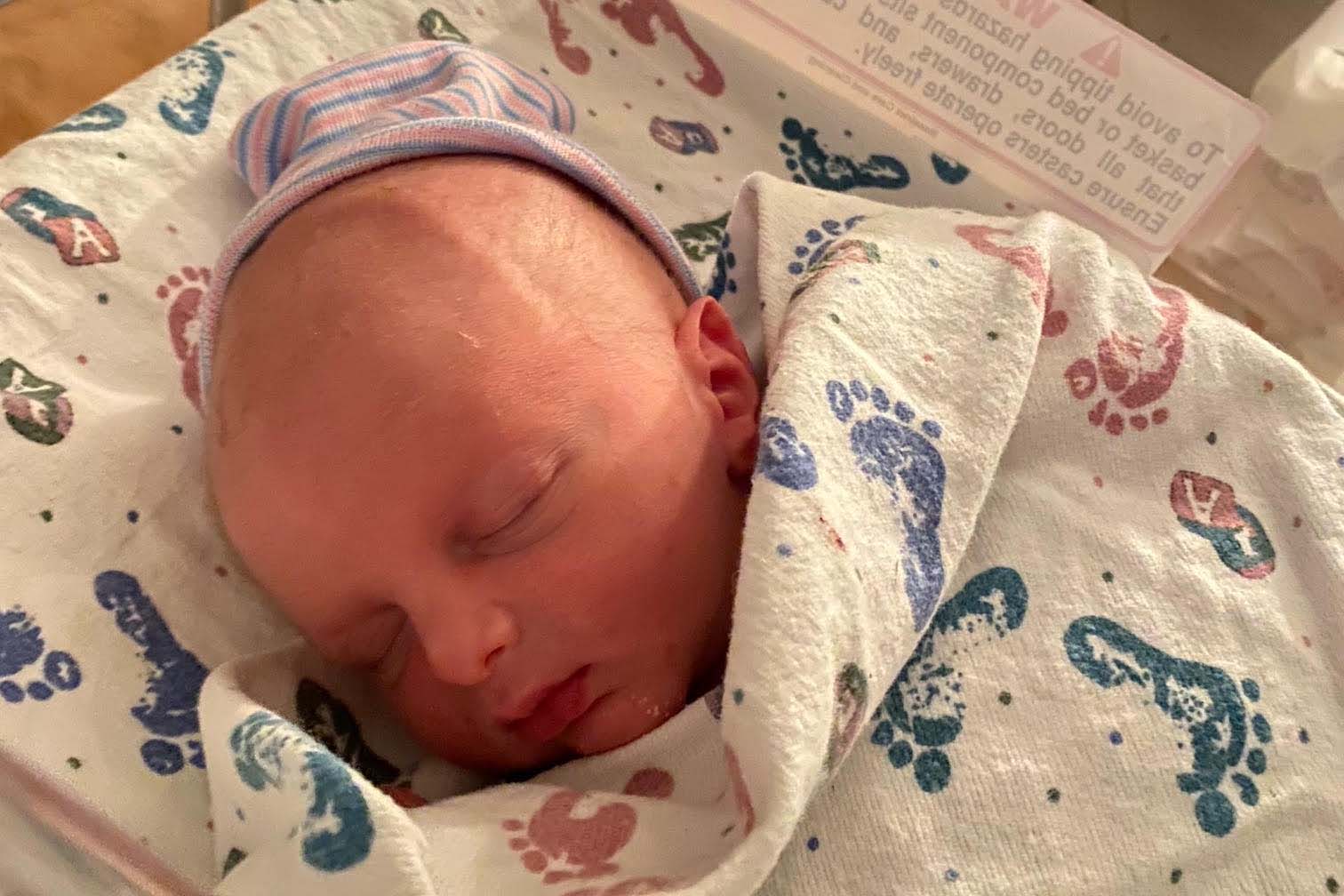
“Bennett was so cute and so very tiny. He didn’t have any effects from COVID and tested negative for it.”
The doctor used blood from his umbilical cord to genetically test for XLHED. Laura wanted documentation in English stating the fact since all of his other paperwork was in German.
“We knew that he had it, but we wanted to have something in English—like the genetic test that my dad had, that I’ve had, that his mom had—that would be the same. That was the only reason that I could get on a plane to Germany in two weeks. Holm had to know what type exactly I had, and it was only because I had the genetic testing done 10 years ago.”
Did the Treatment Work?
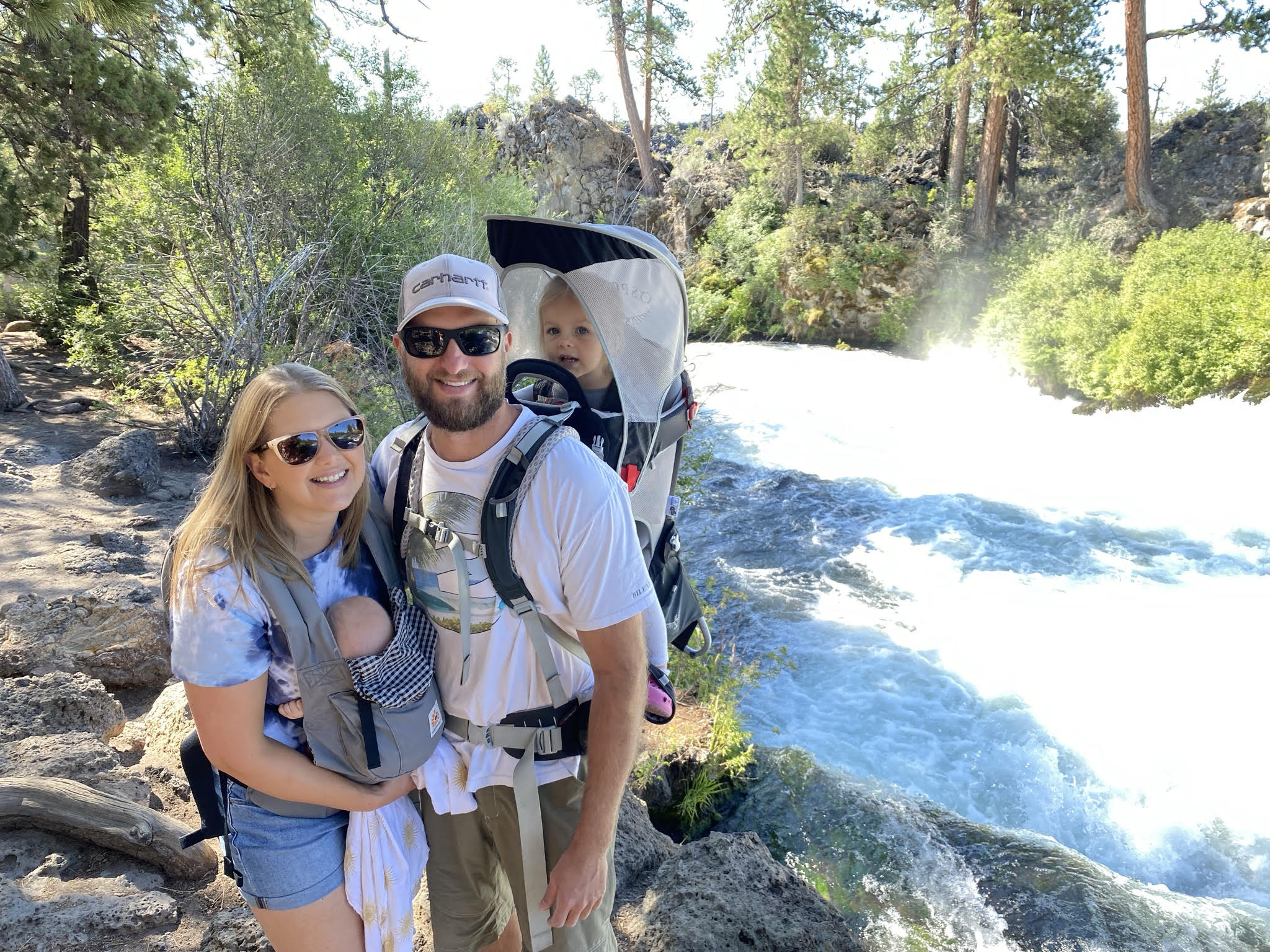
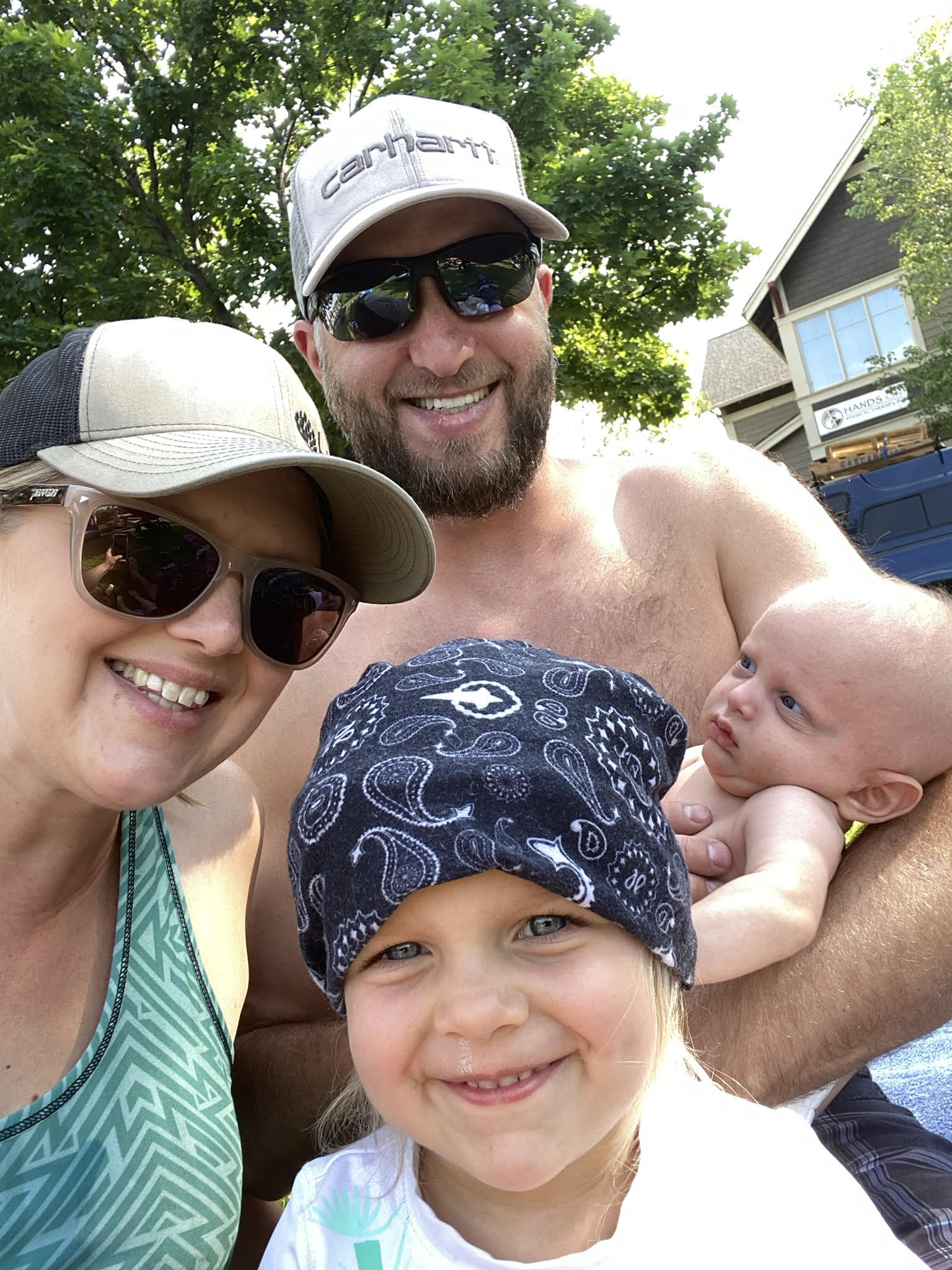
The proud mom says Bennett has been an easy, healthy baby. It didn’t take too long before they knew that the treatment was having positive effects.
At two months, we went on a little trip, and we slept on one of those egg crate mattresses. Bennett was sleeping next to me and he was drenched in sweat. So we knew that he could sweat from that moment. I knew that it would work. I had no doubt, because I knew Emily’s son, Finley, and the other twin boys who were treated could sweat. Also, I had built a really good relationship with Dr. Schneider, and I totally trusted what he was doing.
– Laura Reiser
Even trusting that the treatment would work, the fact that it did, is still breathtaking.
“It’s really good. It’s insane! It seems so simple. But I also know what it took to get here….How do I explain a condition where he doesn’t have the major issue that prohibits these kids from doing so many things?”
Bennet has not had any respiratory problems and does have an increased number of Meibomian glands in his eyes. At 10 months old, no teeth have erupted yet but they saw several on the ultrasound.
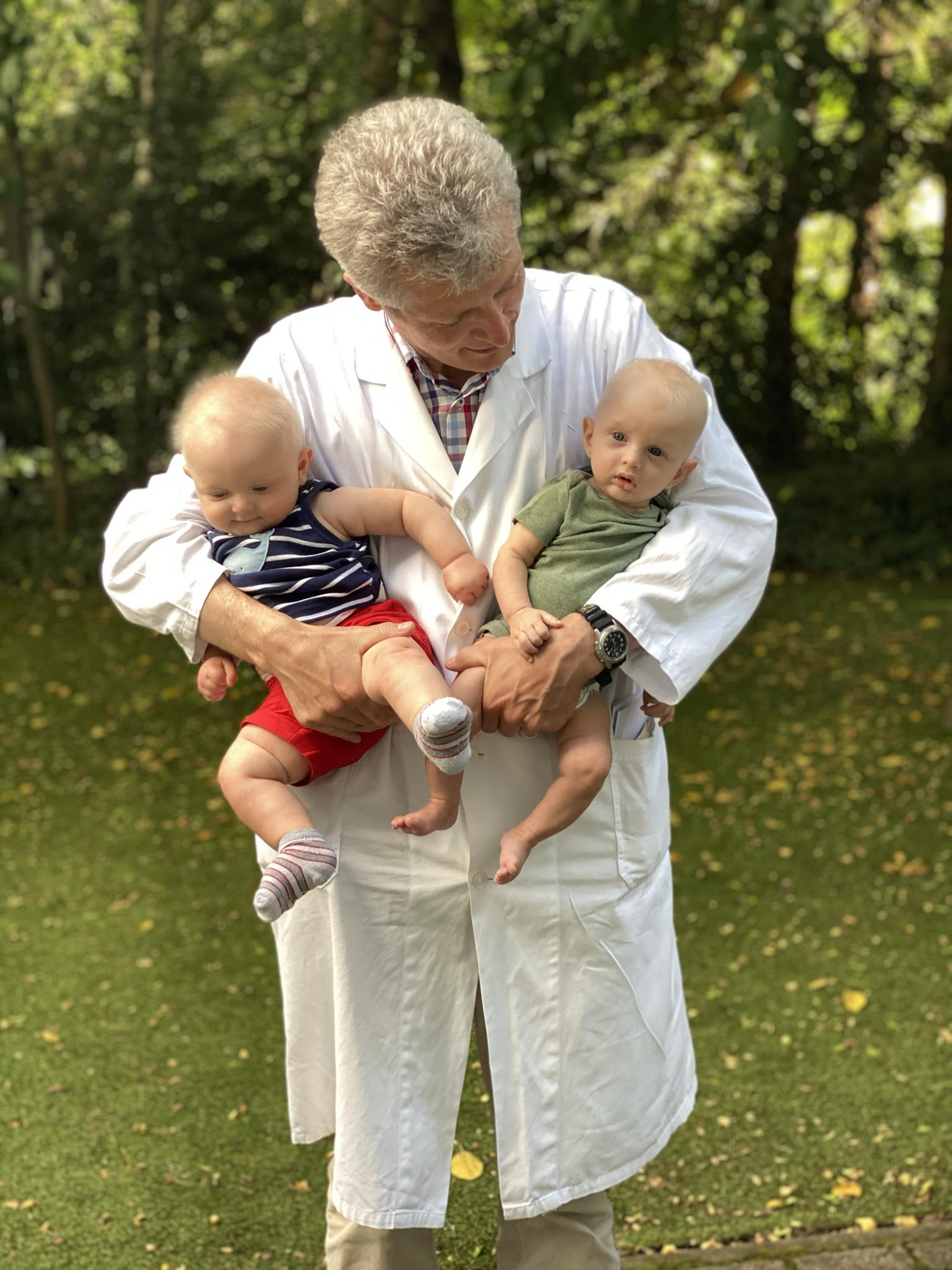
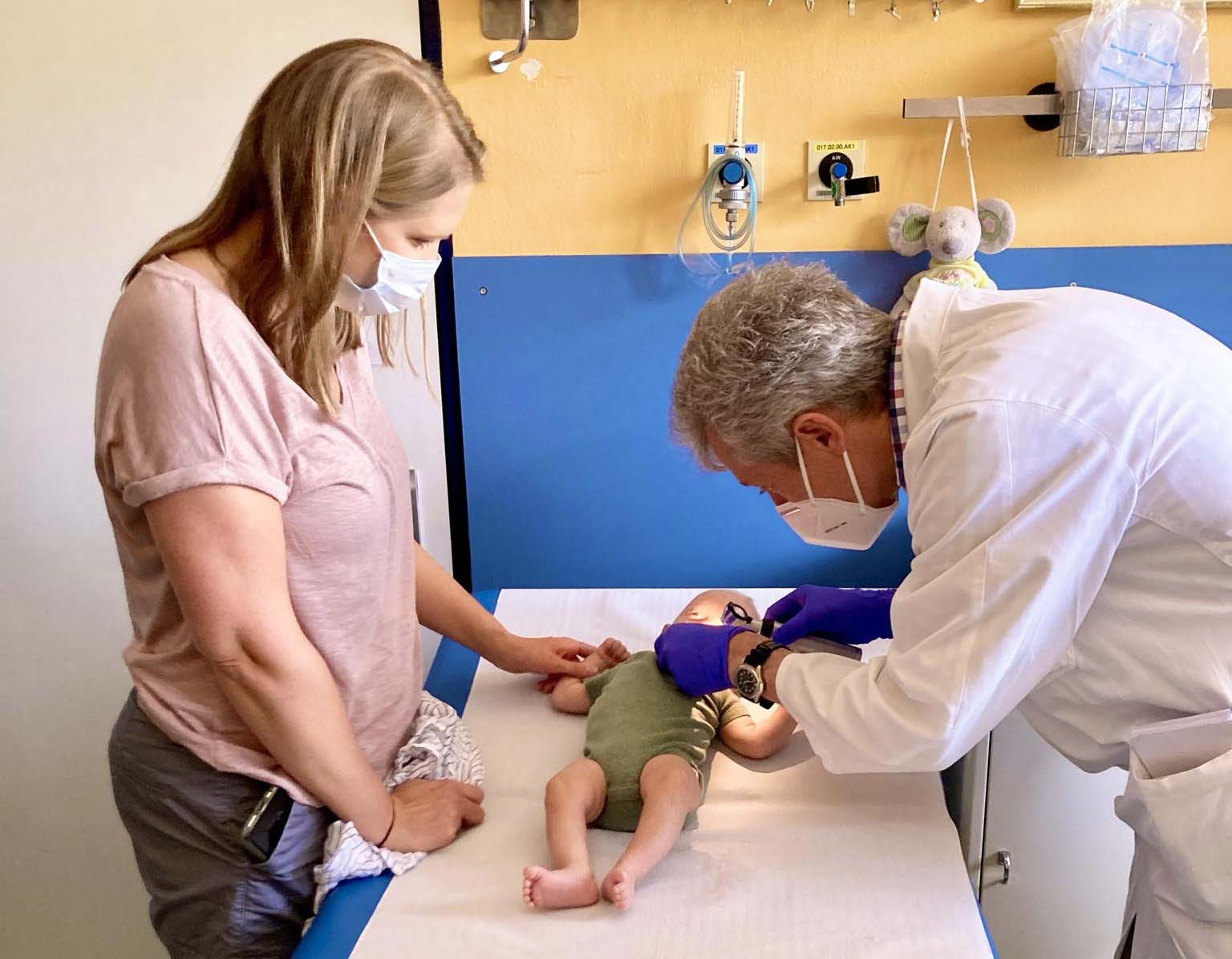
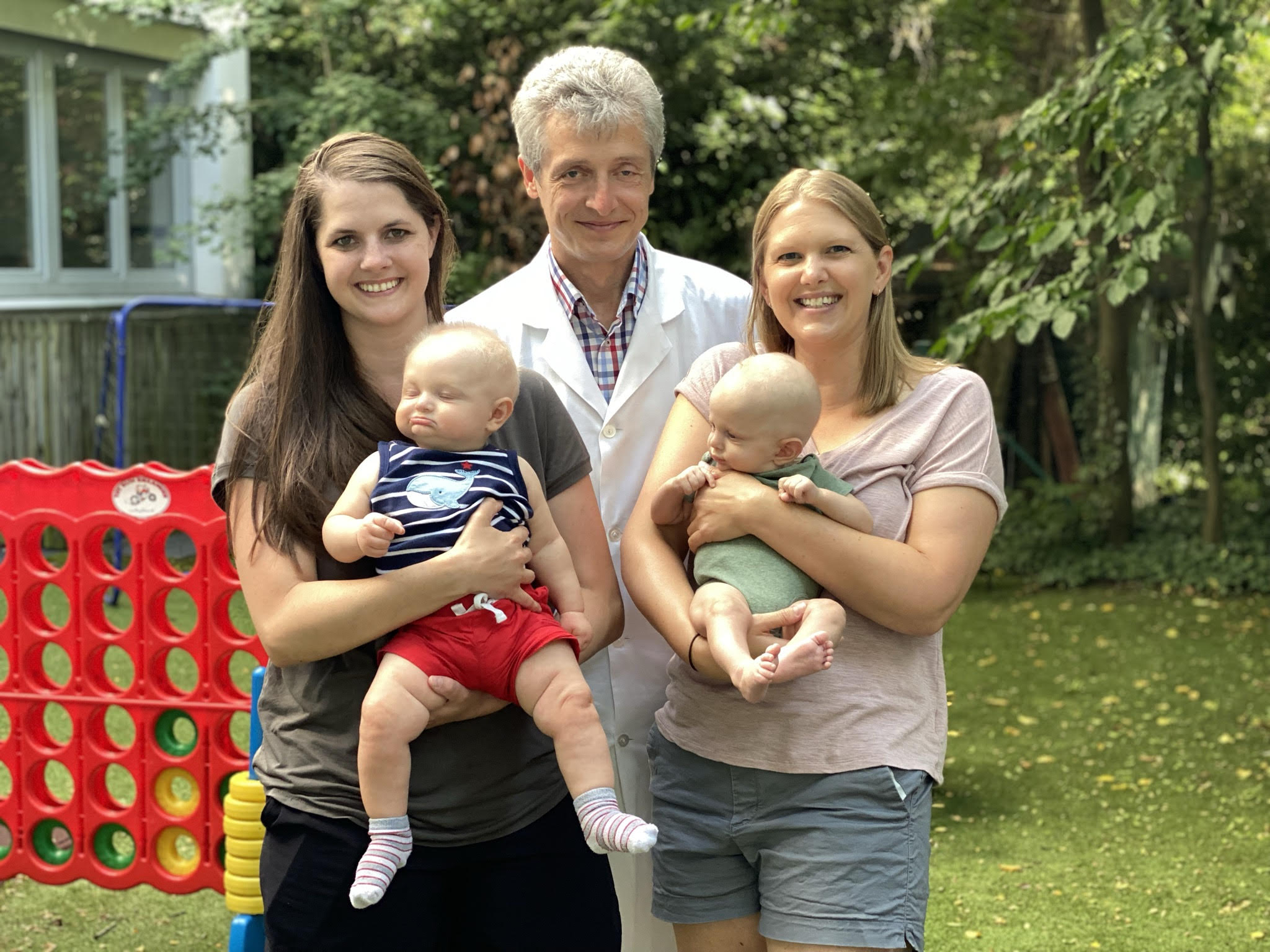
New found friends Laura and Emily returned to Germany together in August of 2021 for their sons’ follow-up visits with Dr. Schneider and his team. The tests confirmed what Laura and Milo already knew: Bennett’s sweat glands were working!
Being A Part of Research History
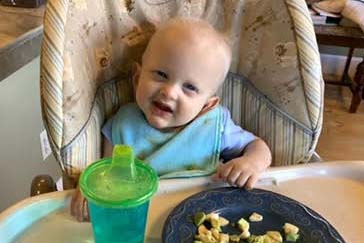
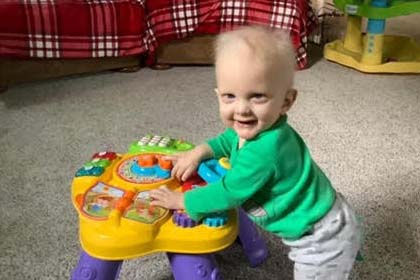
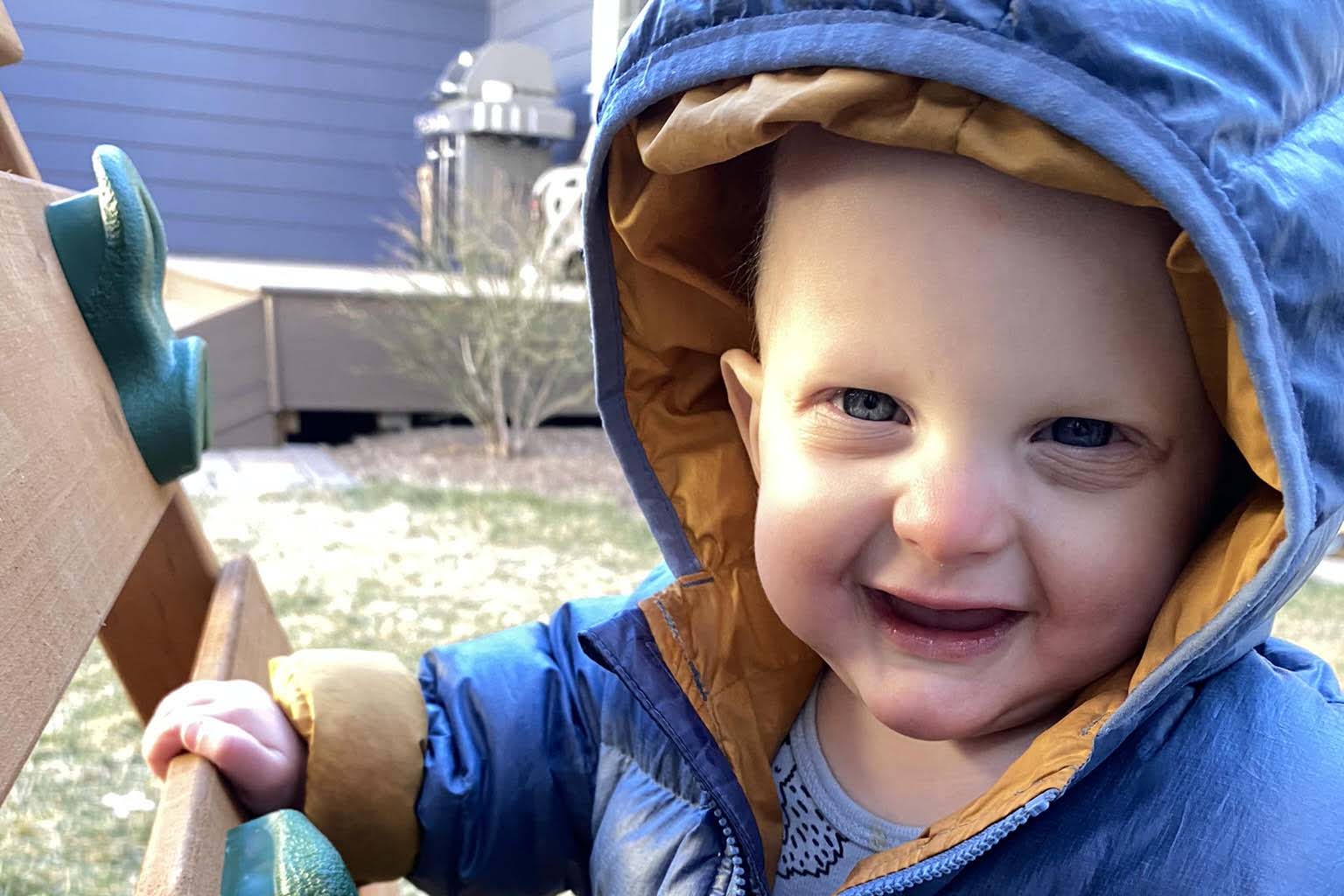
While the treatment has changed Bennett’s life forever, Laura also appreciates how their participation advanced XLHED research. She hopes that other mothers will choose to do it.
Bennett’s the sixth baby in the world, I believe, to have something like this done, not just for ectodermal dysplasia, but any sort of prenatal therapy. It’s just amazing. It’s going to take enough people willing to do it, to get to where it is available for other purposes as well. So to me, to be the sixth is pretty incredible. I hope he understands one day what it took.
– Laura Reiser
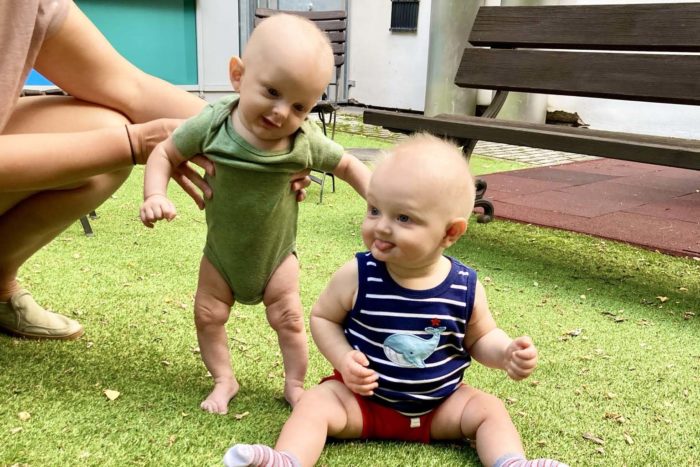
Richard expressed his gratitude for the sacrifices his daughter made.
“Our daughter, Laura, is a hero in our eyes for having weathered the challenges, dangers, and costs to get to Germany and accept Dr. Schneider’s offer of treatment,” Richard said. “We are so proud of Laura for doing everything on her part to make baby Bennett the healthy, happy and smart little guy that he is and will become.”
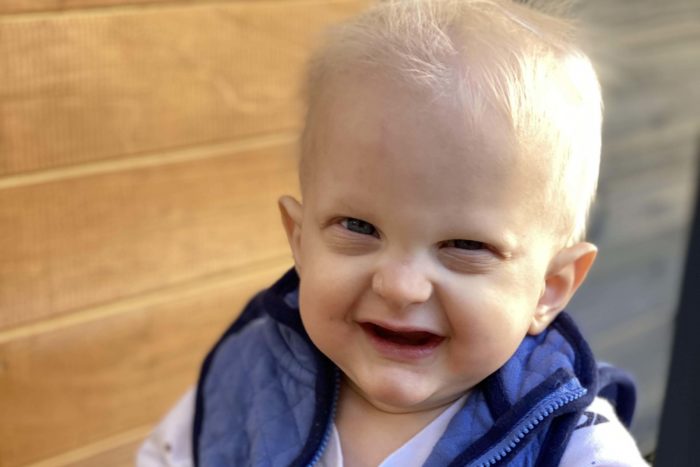
Are You Considering the Clinical trial?
The XLHED clinical trial, EDELIFE, is now enrolling volunteers at Dr. Schneider’s site in Germany. Additional sites are expected to open in the United States and other European countries later this year.
“I hope that other moms are willing to do it!” Laura said. “I want to help if there are any women who are considering doing this. I want to talk to them.”
Here are Laura’s tips for other women considering participation:
- Have the genetic testing done on yourself before you think you might need it.
- Read as much as you can.
- Talk to people who’ve been through it.
- Write out all the questions you have to ask so you don’t forget.
- Ask questions as you think of it.
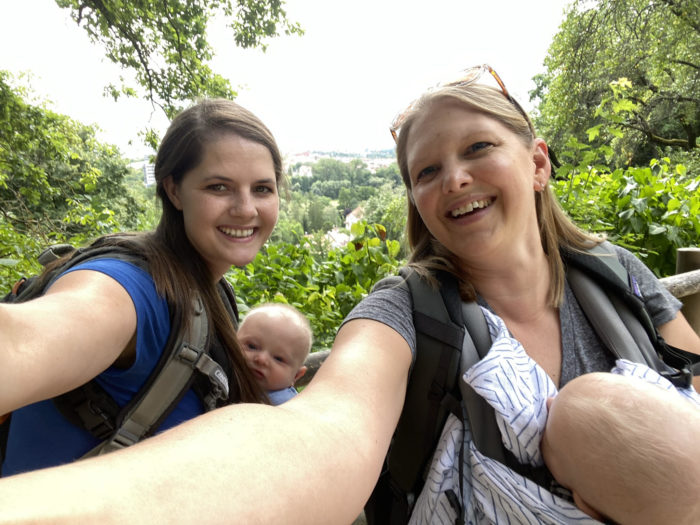
“That was one of the most helpful things with Emily,” Laura said. “I could text her at 10 o’clock at night about something that popped into my head. It was helpful to get it out, talk about it, and ask it versus keeping it in and stressing about it. No matter how much your husband or partner knows you, and maybe thinks they know what you’re going through, they don’t. They just can’t. Just being willing to talk to other people who have been through it and hear their stories is helpful.”
Filled with Gratitude
Having grown up with the NFED, Laura said she’s grateful to have always been a part of it.
“Thank you to the NFED for everything that you’re doing. It is super helpful to have everything and to have been able to track it all of these years. I would not be in this seat right now had it not been for all the countless hours. I can’t even imagine everything that has gone into the research to get to this point. Thank you for everything. Bennett is the most amazing, amazing little guy ever!
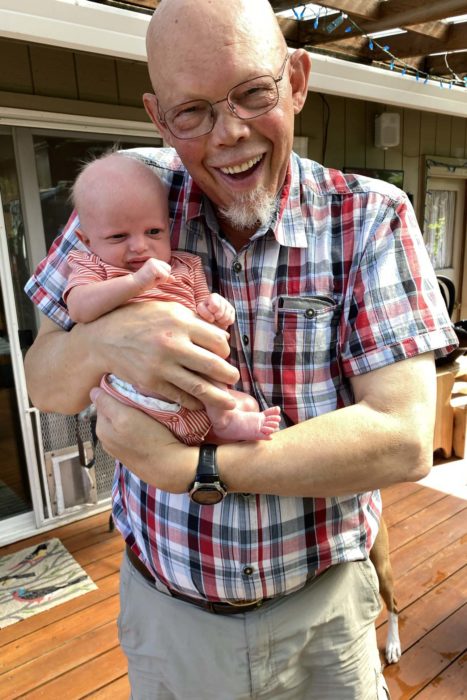
Laura is not the only proud parent.
How many times in my life did I wish I could sweat like my brothers and all the other kids. What a gift Laura, Dr. Schneider, and all the research behind this miracle have given Bennett for his whole life. My hope, of course, is that this research may continue, expand, and offer relief to every child with HED. Maybe with advancements to offer more help with dentition, hair growth, and all the other health conditions related to HED.
– Richard Henkel
If you are interested in learning more about participating in the clinical trial or talking to Laura, please contact Mary Fete at the NFED at mary@nfed.org.
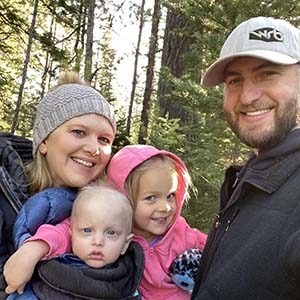
My son is living with XLHED. He is 14 and is very active in summer sports. (Baseball, football). We keep him cool by a wet rage and a big jug of ice water he can poor on his head. Helps and has not had any major issues yet. But the possibility of being able to sweat is something I never thought would be possible. I’m very interested and would love more info on this treatment and the possibility of Getring it done stateside.
Hi, Tony – thanks for your comment and reaching out to us. It sounds like you are managing your son’s active lifestyle with an XLHED diagnosis so well! Unfortunately, this treatment is only for babies before they are born and has not been found to be affective after birth. It is because of when sweat glands, and other ectodermal structures, develop in a fetus, that makes the timing of this treatment critical to its success. If you want to read more about how the treatment works and past trials in babies after they were born, you can check out this blog: https://nfed.org/blog/babies-xlhed-treated-utero/.